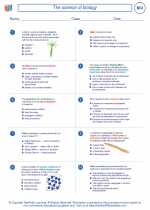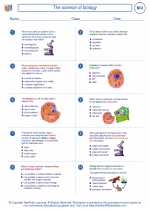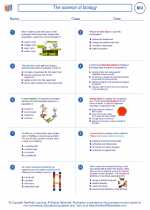Mirrors
Mirrors are smooth, polished surfaces that reflect light. They are commonly used in everyday life, and understanding how they work is important in the field of optics. There are two main types of mirrors: plane mirrors and curved mirrors.
Plane Mirrors
Plane mirrors have a flat reflective surface. When light rays strike a plane mirror, they are reflected according to the law of reflection, which states that the angle of incidence is equal to the angle of reflection. This means that the image formed in a plane mirror is virtual, upright, and laterally inverted. The image is the same distance behind the mirror as the object is in front of the mirror.
Curved Mirrors
Curved mirrors are either concave or convex in shape. Concave mirrors curve inward, while convex mirrors curve outward. Curved mirrors can form both real and virtual images, depending on the position of the object relative to the mirror and the type of mirror used. They are commonly used in applications such as telescopes, microscopes, and vehicle rear-view mirrors.
Concave Mirrors
Concave mirrors can produce real or virtual images, depending on the position of the object. When the object is placed beyond the focal point of a concave mirror, a real and inverted image is formed. When the object is placed between the focal point and the mirror, a virtual and upright image is formed. Concave mirrors are commonly used in shaving and makeup mirrors.
Convex Mirrors
Convex mirrors always produce virtual images that are upright and smaller than the object. They are commonly used in wide-angle mirrors, such as those found in parking lots and hallways, to provide a larger field of view.
Study Guide
- Define the law of reflection and explain how it applies to the formation of images in plane mirrors.
- Compare and contrast concave and convex mirrors in terms of their reflective surfaces and the types of images they produce.
- Discuss the applications of mirrors in everyday life and in scientific instruments.
- Explain how the position of an object relative to a concave mirror affects the type of image formed.
- Describe the characteristics of the image formed by a convex mirror and explain why it is commonly used in certain applications.
[Mirrors] Related Worksheets and Study Guides:
.◂Biology Worksheets and Study Guides High School. The science of biology

 Worksheet/Answer key
Worksheet/Answer key
 Worksheet/Answer key
Worksheet/Answer key
